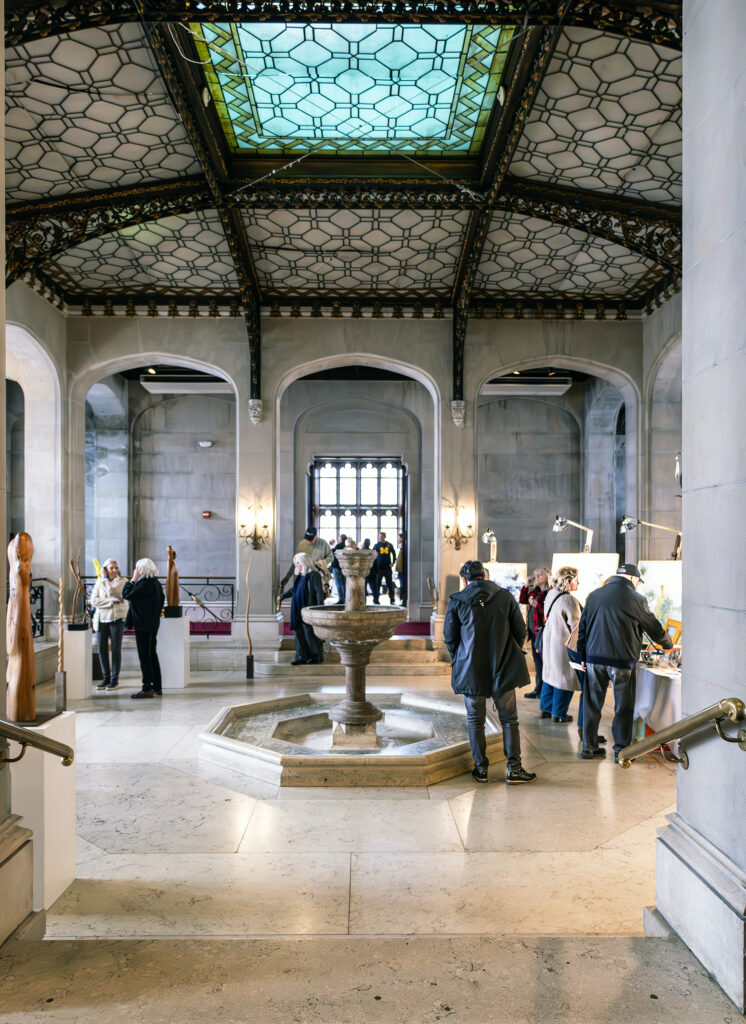
Art fairs for independent artists, whether organized or impromptu, have been around since Greco-Roman times. Artists around the world have long set up stalls to sell their artwork, beginning with ancient markets based around religious festivals, which then evolved into commercial fairs and events. Independent artists all around the world have always set up stalls to sell their art.
The biggest art fairs today are set up mainly for art galleries which represent their stable of artists. It is rare that artists can represent themselves at these events. Art Basel, Frieze, Scope, FIAC, New York Armory are just some of the larger and better known of the gallery art fairs which sell art for thousands of dollars if not millions. There are also many smaller art fairs that can be found in most cities and some towns. Costs for the better-known gallery art fairs can range from $2,000 to $60,000 and more, for just the booths. Total costs that include art shipping, insurance, installation and take down, travel, hotel, and staff to man the booths can exceed $150,000. It’s hard to comprehend for most people. However independent artists’ fairs can be a more affordable option to reach art lovers and collectors.

The oldest and continuous independent artists’ fair in the United States is probably Chicago’s 57th Street Art Fair, which has been in existence since it was founded in 1948. In the first year 51 artists paid 50 cents each to participate in the event. Today the event is a juried affair, and applicants must submit $45 with their images and if selected, there is a $400 booth fee.
The benefits of participating in independent artists’ fairs are that it makes the art fair accessible for those who are not represented by a gallery and a big plus is that all sales go to the artist. The challenges that the artists have, is that they need to organize the installation, manning the booth, making the sale and the take down themselves.

Recently an inaugural Fine Art Fair was held inside Hempstead House in Sands Point, Long Island, originally the summer home of the Guggenheim family. The Tudor-style building was a magnificent backdrop for an art fair which showcased 24 artists. Starting with a two-hour preview and reception on Saturday evening, the fair ran from 10am – 5pm on Sunday. Participants mentioned the sophisticated venue, good organization and communication that allowed for diversity without too many rules. Some mentioned making good connections with clients and other artists, finding inspiration from the event and good sales. Have you participated in an art fair for independent artists? Was it a good experience? What were the pros and cons.
What do you think?
We would love to hear about your views of these art fairs. Please let us know below in the comments section.
All photographs by Midori Owaki at Midori & Co Photography





Dear miss marina and editor .
I;m favor of the art fairs for the sake of the independent artists in order to receive more art lovers and remove the conflict between counter cultures and sub-cultures .
Nowdays it would had been said that the ages of the art is not art on behalf of the art itself .
By the way , will the competition not be taken place in this year ?
best rgards